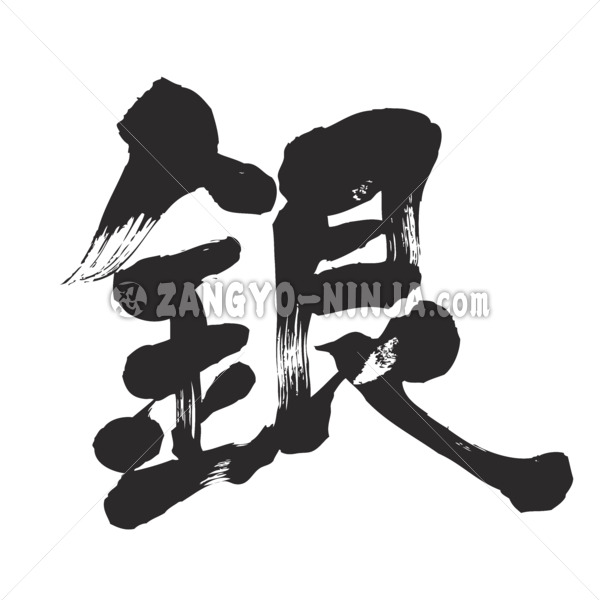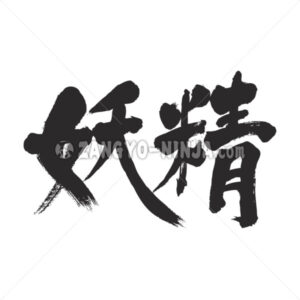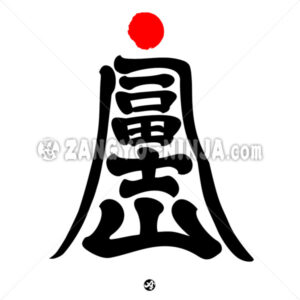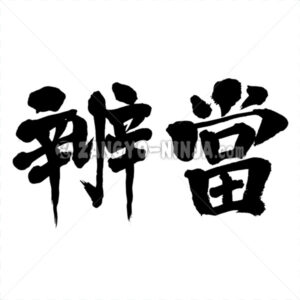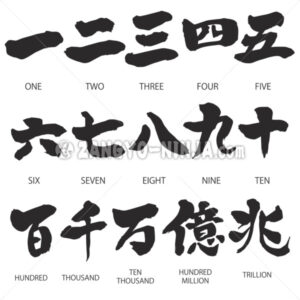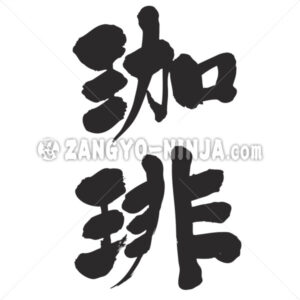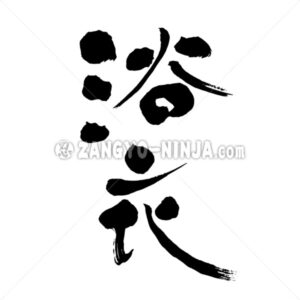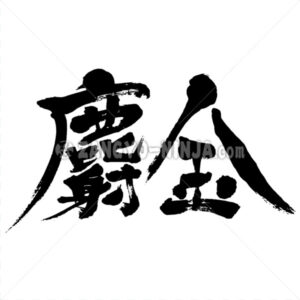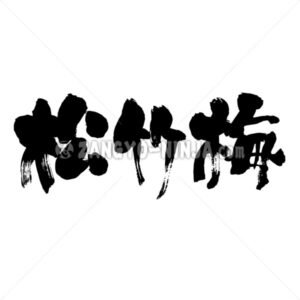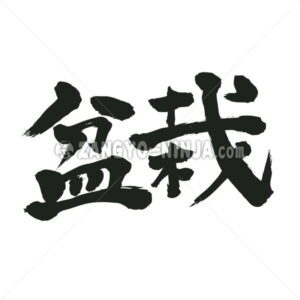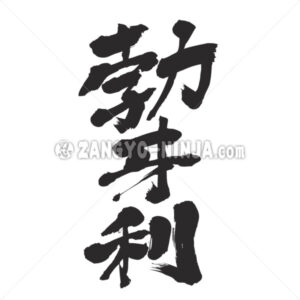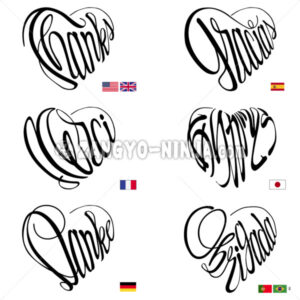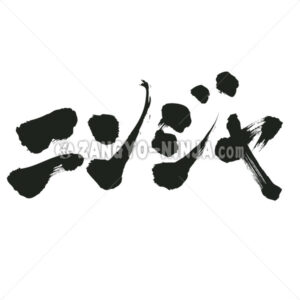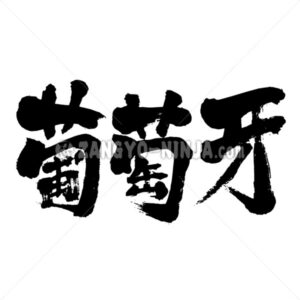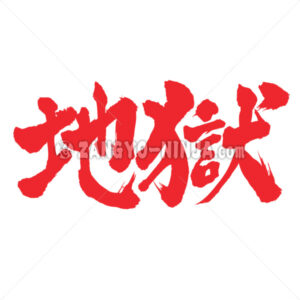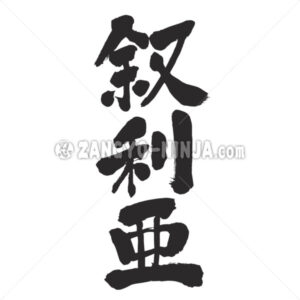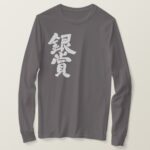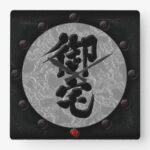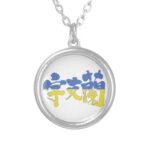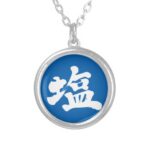Description for “silver in Kanji”
It belongs to the 11th group of the periodic table, and its simple substance is a bluish-white metal with a beautiful luster, and is lined up with gold as a precious metal. Silver is a metal that has been known for a long time, as the scene of trading in silver coins appears in the Old Testament, but its use was much slower than that of gold. This is because the production of natural silver in the form of natural silver is less than that of natural gold, and refining was required.
The production of silver has increased since Attica around the 5th century BC, and silverware was prized and treated with great care during the Roman period. Later in medieval Europe, the main production areas were England and Germany, but they were still much more expensive than gold. In the 16th century, a large amount of silver flowed into Europe from the “new continent”, and the price of silver fell, causing a price revolution. In addition, silver was widely used as a craft, but in Europe, silverware as tableware is especially respected, and British silverware is famous in the art.
Etymology of silver
The element symbol Ag for silver is taken from the Latin word argentum, which means silver (a word derived from argos, which means white), and the French word argent is also derived from Latin. The English silver and the German Silver are said to have come from the Assyrian word sarpu, which means silver.
In Japan, it was once called Shirogane and was one of the five colors of gold(Goshiki no Kane).
What’s Goshiki no Kane(Kin)
Kogane (Yellow kin) = gold, Shirogane (White kin) = silver, Akagane (Red kin) = copper, Kurogane (Black kin) = iron, Aogane (Blue kin) = lead.
In Japan, it was once called Shirogane and was one of the five colors of gold(Goshiki no Kane).
Kogane (Yellow kin) = gold, Shirogane (White kin) = silver, Akagane (Red kin) = copper, Kurogane (Black kin) = iron, Aogane (Blue kin) = lead.


